Top Things to Know Before Buying an Indoor Water Garden
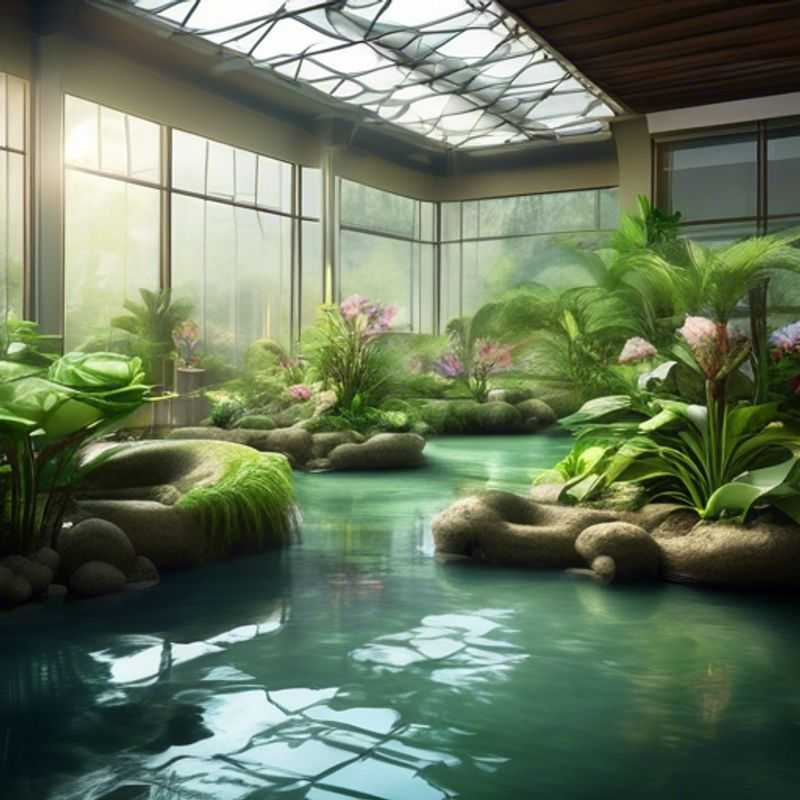
Top Things to Know Before Buying an Indoor Water Garden: A Practical Guide
An indoor water garden can be a beautiful and relaxing addition to your home, but it's essential to do your research before taking the plunge. Here are some top things to consider before buying an indoor water garden:
Determine the size and layout of the available space: Before purchasing any system, measure your designated area. This helps you decide on the size and style of the water garden that best suits your space.
Research different types of indoor water garden systems: There are various types of indoor water gardens, each with its unique maintenance requirements. Some popular options include self-contained units, tabletop fountains, and DIY setups. Consider your budget, time commitment, and aesthetic preferences when choosing a system.
Consider the lighting needs for the plants and the overall aesthetic of the setup: Some plants require specific lighting conditions to thrive, so research the plants you plan to grow. Choose a system that provides adequate light, or consider adding supplemental lighting. Think about how the lighting will affect the overall look and feel of your water garden.
Ensure the water garden is placed in an area with proper ventilation and temperature control: Indoor water gardens need good ventilation to prevent the growth of mold and mildew. The temperature should be consistent and comfortable for the plants. Consider placing your water garden away from drafts or heat sources.
Learn about the specific plants that thrive in an indoor water garden environment: Not all plants are suitable for water gardens. Research which plants thrive in these conditions. Look for species that tolerate low-light conditions, humidity, and the absence of soil.
Familiarize yourself with the necessary equipment, such as pumps, filters, and lighting: You'll need to choose the right equipment for your water garden system. Understand how each component works and select those that meet the needs of your plants and the overall design.
Develop a maintenance plan to keep the indoor water garden healthy and functioning properly: Maintaining your water garden involves regular tasks such as changing the water, cleaning the filter, and trimming plants.
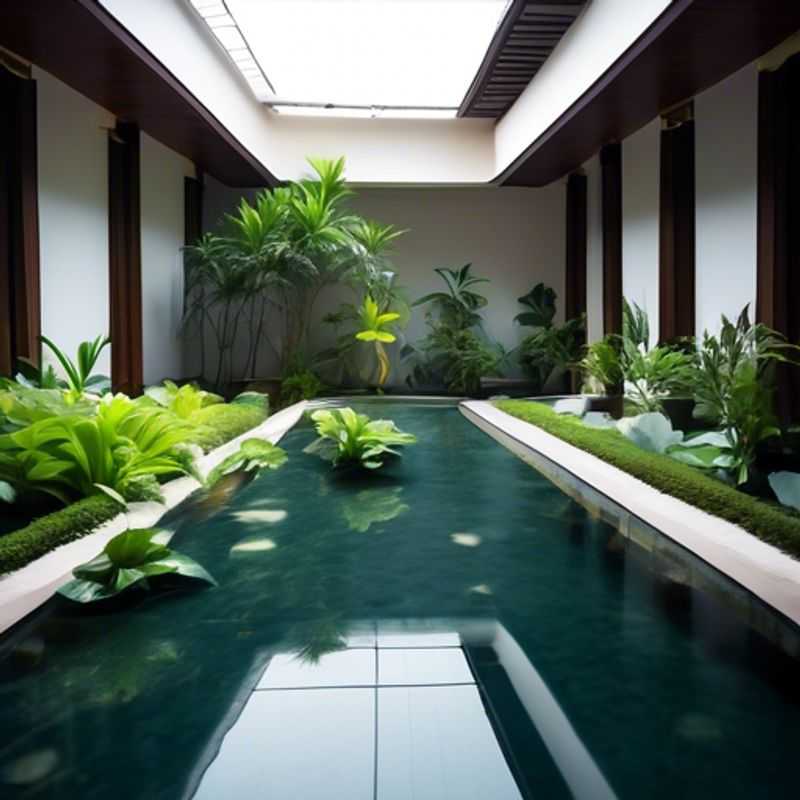
Planning Your Indoor Water Garden: Determining Space and Layout
Before you start building your indoor water garden, take some time to figure out the best spot for it. First, consider the size of the space. Measure the area you have available, considering furniture and walkways. Think about how much space the water garden itself will need, plus any equipment like pumps or filters.
Next, think about the layout of the room. You need a spot that gets enough light, as most aquatic plants need at least 6 hours of indirect sunlight daily. Ensure the area is well-ventilated, as water gardens produce moisture. Also, be mindful of electrical outlets for any equipment you plan to use.
Keep in mind that while water gardens can be beautiful, they can also be heavy. Make sure the floor is strong enough to support the weight of your water garden, especially if you’re planning a large setup. Remember, safety should be a top priority.
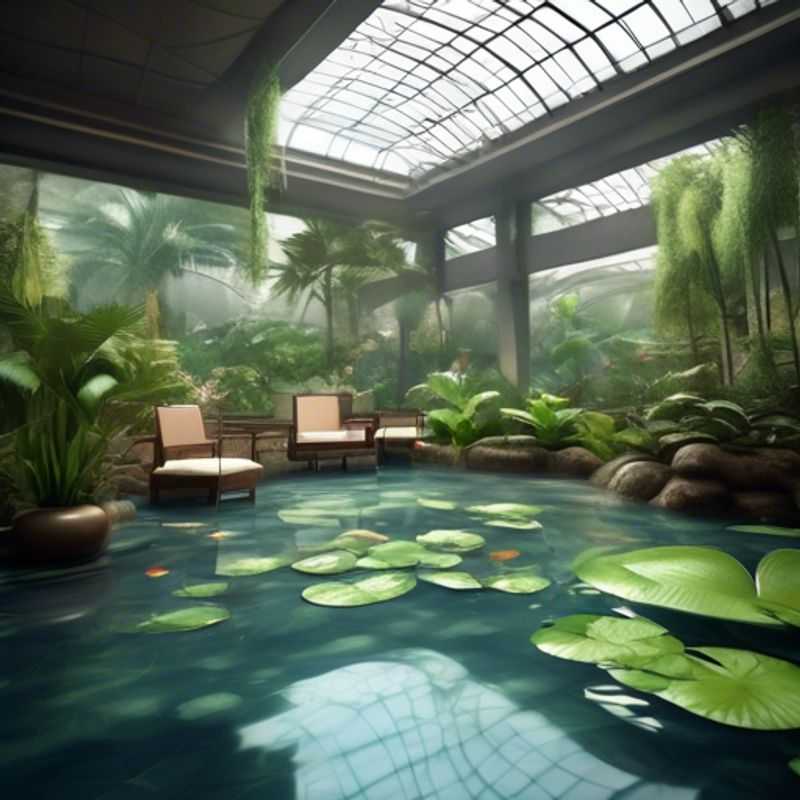
Dive into Indoor Water Gardens: Exploring System Types and Maintenance
Indoor water gardens are a great way to bring nature indoors. They can be a relaxing and beautiful addition to any home. However, different types of indoor water garden systems require varying levels of maintenance. Here's a quick overview to get you started.
Wick Systems: These are the simplest and most low-maintenance. They use a wick to draw water up to the plants. They're great for beginners, but they might not be suitable for plants that need a lot of water. Tip: Regular water changes are essential, around once a week, to prevent algae growth.
Submersible Pump Systems: These use a pump to circulate water and create a waterfall effect. They are more complex than wick systems and require regular cleaning of the pump and filter to prevent clogs. Tip: Make sure the pump is rated for the size of your water garden. This will ensure efficient water circulation.
Hydroponic Systems: These systems grow plants in water without soil. They can be more advanced and require precise monitoring of nutrient levels. Tip: This method requires specialized nutrients and regular monitoring of water parameters like pH levels.
Maintenance Considerations: Regardless of the system, regular maintenance is crucial for a thriving water garden. This includes:
- Replacing water every 1-2 weeks.
- Cleaning the system regularly.
- Monitoring plant health and trimming as needed.
- Adding nutrients when needed for hydroponic systems.
Note: The frequency and specific needs may vary depending on the specific plants and system. Remember to research the specific requirements for your chosen plants.
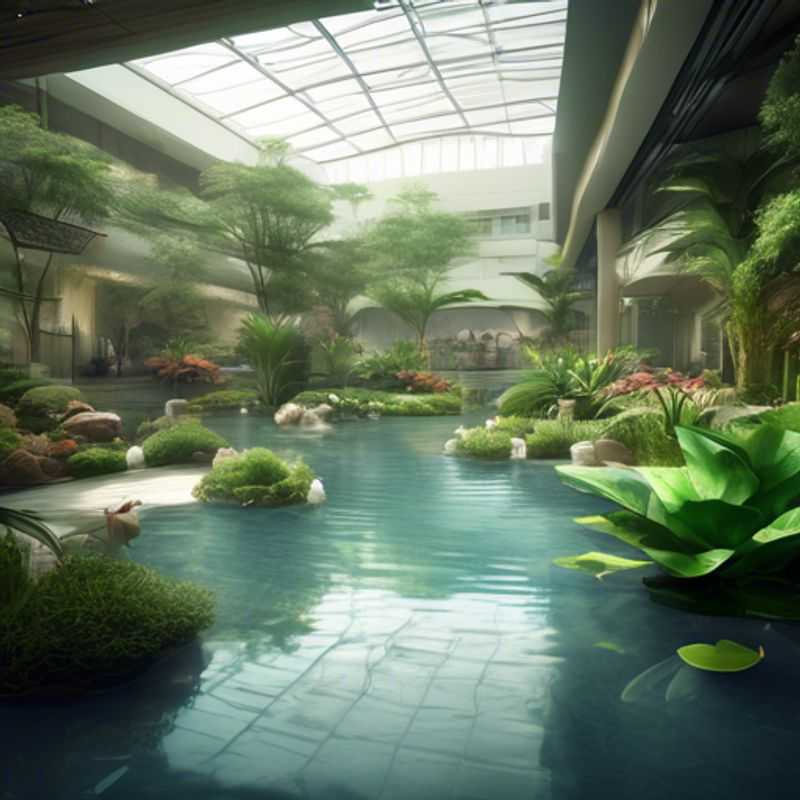
Lighting Your Indoor Garden: Balancing Plant Needs and Aesthetics
When planning your indoor garden setup, lighting is crucial, both for plant growth and visual appeal. You need to consider the specific needs of your plants, as different species require varying levels of light intensity and duration. You can choose from various types of artificial lights, each offering specific benefits. LED lights are energy-efficient and long-lasting, while fluorescent lights provide a more diffused and less intense light. For accurate guidance on lighting requirements for your chosen plants, consult reliable online resources or gardening books.
Along with providing adequate lighting, you need to consider the aesthetic appeal of your indoor garden. Consider the overall design of your space and select lighting that complements it. Choose lighting fixtures that integrate seamlessly with your existing decor and enhance the visual appeal of your plants. You can even incorporate decorative elements such as hanging planters or unique light fixtures to elevate the aesthetic of your setup.
Remember that budgeting is an important aspect of any indoor garden project. The cost of lighting can vary significantly depending on the type and number of fixtures you require. Consider the long-term cost of energy consumption as well. LEDs, while initially more expensive, offer lower energy consumption and longer lifespan, potentially saving money in the long run. A little research and careful planning can help you find the most cost-effective lighting solutions for your needs.
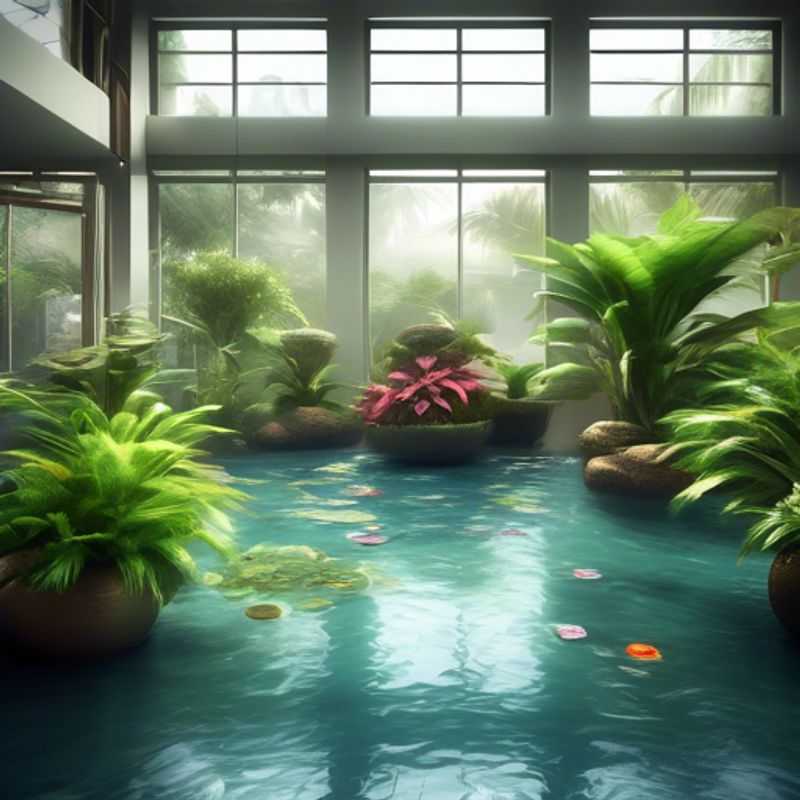
Creating the Perfect Environment: Ventilation and Temperature Control for Your Water Garden
A well-ventilated area is crucial for your water garden's health. Proper air circulation prevents the buildup of harmful gases, like ammonia and carbon dioxide, which can harm aquatic life. Ensure the water garden is positioned where it receives adequate airflow and fresh air.
Temperature control is also critical for your water garden. Aquatic plants and animals have specific temperature ranges they thrive in. Consider the climate in your area and choose a location that offers protection from extreme heat and cold. You may need to invest in a heater or chiller depending on your local conditions.
Remember, regular maintenance is essential for a healthy water garden. Monitor the water temperature and adjust accordingly. You may need to use a water quality testing kit to ensure optimal conditions.

Indoor Water Garden Plants: Choosing the Right Species for Success
Indoor water gardens offer a unique way to bring life and beauty into your home, but selecting the right plants is crucial for their success. Certain plants are naturally suited to thrive in the humid, aquatic environment of a water garden. Pothos, with its trailing vines and vibrant foliage, is an excellent choice for beginners. Peace lilies add elegance with their graceful white blooms, while ZZ plants are known for their hardiness and ability to tolerate low light conditions.
Spider plants are another popular choice for indoor water gardens, known for their easy propagation and air-purifying qualities. Lucky bamboo, despite its name, isn't actually a bamboo but a dracaena species, making it a low-maintenance and adaptable option. When selecting plants, be sure to consider the water conditions they prefer and the size of your container. Remember to research each plant's specific needs and ensure they're compatible with the water garden setup.
While setting up an indoor water garden may seem daunting, it can be an enriching experience. There are numerous resources available online and in books for detailed information on specific plant requirements and maintenance techniques. Always be mindful of the water quality and ensure it remains clean and free from harmful chemicals.
Remember, a thriving indoor water garden is a testament to your dedication and care. With the right plants, a bit of patience, and a touch of creativity, you can create a beautiful and tranquil oasis in your home.
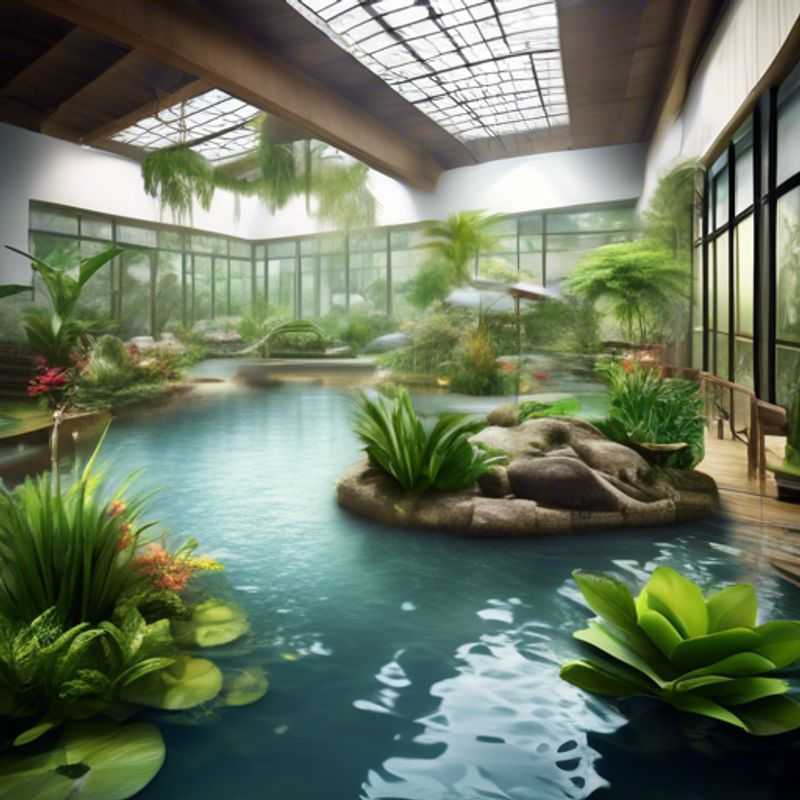
Essential Aquarium Equipment: Pumps, Filters, and Lighting
Understanding the necessary equipment for your system, such as pumps, filters, and lighting, is crucial for both efficient operation and long-term sustainability. Choosing the right equipment requires a careful assessment of your specific needs.
Pumps are essential for circulating water, ensuring proper oxygenation and waste removal. Consider the flow rate required for your system's size and the head pressure needed to overcome any elevation differences. Invest in energy-efficient models to minimize operational costs.
Filters are vital for maintaining water quality and preventing the buildup of harmful substances. Choose filters based on your system's size and the specific contaminants you need to remove. Regularly replace filter media to ensure optimal performance. Consider purchasing a multi-stage filtration system for comprehensive water purification.
Lighting is crucial for plant growth and can significantly impact energy consumption. Select appropriate lighting based on the type and growth requirements of your plants. LED lights are known for their energy efficiency and longevity. Ensure that the lighting schedule and intensity are optimized for optimal plant growth.
When budgeting for this equipment, it's important to factor in the initial purchase cost as well as ongoing maintenance and energy costs. Remember that investing in high-quality, energy-efficient equipment will often result in long-term savings. Regularly assess your needs and consider upgrades when necessary.

Developing a Maintenance Plan for a Thriving Indoor Water Garden
Maintaining an indoor water garden is an ongoing process that ensures its health, longevity, and aesthetics. You need to develop a comprehensive maintenance plan that encompasses the following key aspects:
Water quality is paramount. Regularly test the water's pH levels and adjust them as needed. Depending on the type of plants you have, you may also need to monitor and adjust mineral levels, like calcium and magnesium. Water changes are essential; the frequency will depend on the size and plant density of your water garden.
Plant care involves regular trimming and pruning to remove dead leaves and promote healthy growth. Monitor your plants for signs of disease or pests and take appropriate actions. If you notice any problems, research potential causes and solutions. It's also important to ensure that your plants receive adequate light.
Equipment maintenance includes cleaning the pump filter regularly, ensuring proper water circulation, and checking for any leaks or malfunctions. Depending on your system, you might need to replace filters and other components periodically. Consider the cost of these consumables and the time needed for maintenance when calculating your overall cost.
Cleaning is another key aspect. Regularly clean the glass or acrylic walls of the aquarium to prevent algae growth and maintain water clarity. This will also help you to visually inspect for any issues within the water garden.
A maintenance plan not only ensures the health and longevity of your indoor water garden, but it also reduces the potential for costly repairs and replacements. Regular and thorough maintenance is the key to keeping your indoor water garden a beautiful and enjoyable part of your home.
